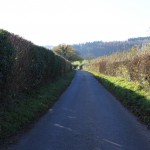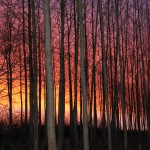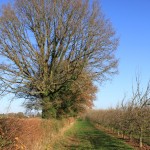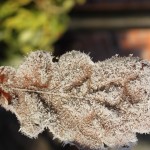Opponents of immigration love statistics and the words they unleash on our subconscious: swamp, tidal wave, illegal, fear. Personal stories they are less keen on with their power to move and instil sympathy. By dramatising the plight of young asylum seekers Leave to Remain reminds us of the suffering behind the numbers and calls for an answer to the problem that reconciles border controls with compassion and decency.
Bruce Goodison’s film , a low budget labour of love shot entirely on location uses a cast consisting mainly of refugees whose energy and raw talent gives the action much of its charm and authenticity. Noof Ousellam, the only one of the leads with acting experience plays Omar, an Afghan with a dark secret concealed by his bravado. Yasmin Mwanza is compelling as Zizidi, a girl more abused in her home country than seems bearable whose discovery of friendship and excitement at seeing snow offer glimpses of innocence retrieved from the worst kind of experience. But in many respects the still heart of the story is Abdul, a child adrift in a strange world: traumatised, introverted, uncomprehending. Masieh Zarrien’s face, immobile yet wonderfully expressive is the image one carries away, the bewildered face of a political controversy.
And then there is Toby Jones playing Nigel, the case worker, teacher and confidant of the teenage runaways. He is on something of a roll at the moment having starred in Marvellous and The Detectorists, and as he revealed in a Q & A session after the film was screened at the Borderlines film festival his Captain Mainwaring will be with us next year. Convincing yet understated performances in all of these roles display a mastery of screen acting and an insight into the interior lives of eccentrics and misfits that make him an oddball Everyman, an alternative national treasure.
There are dangers in this kind of enterprise, not least the temptation to preach and to take sides between victims and villains, depicting white hats and black hats rather than rounded characters. Leave to Remain largely avoids these traps. The functionaries of Lunar House are hard-pressed and obliged to be suspicious, flesh and blood in a system designed not to feel. Nigel is gullible, neglects his own family and lies on oath if only to protect his vulnerable charges. He is also a lousy teacher of English, but that is my own experience talking. As for the kids, Omar is guarded, hard to read and not always likeable while the others betray all the most irritating traits of adolescence. But far from hardening one’s heart this allows them the ultimate right – which the system they struggle with rarely confers – of being difficult and flawed. In short, of being human.





